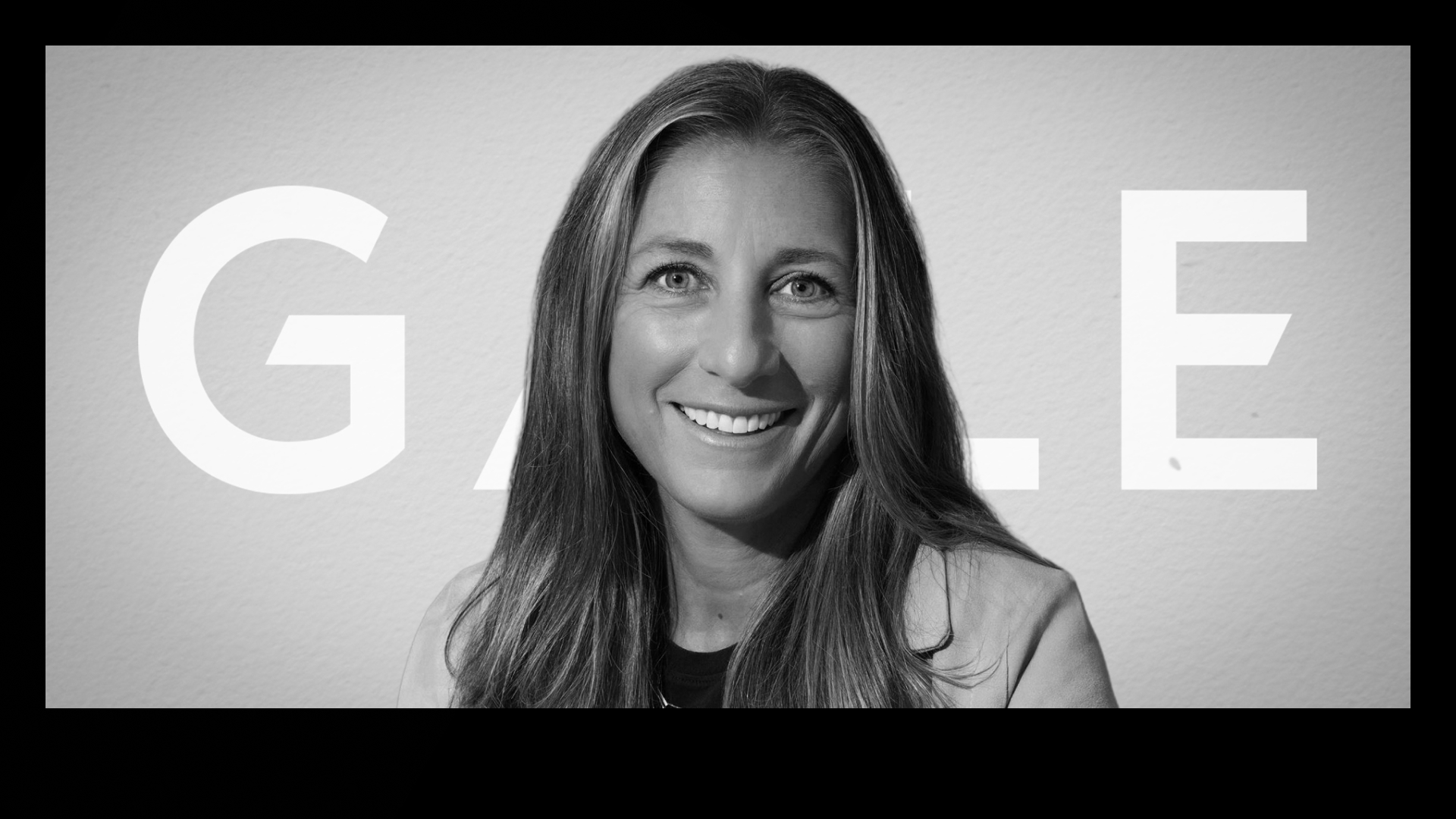After more than 20 years in the industry, executive creative director Geoff Edwards discusses how he stays relevant as the marketing world evolves in Campaign US.
After more than 20 years in the advertising industry, I’ve seen it change drastically. Management, client relationships and business in general have all had to evolve to keep up.
The importance of ideas, however, hasn’t changed. To be successful marketers, we need to come up with work that’s compelling, interesting and innovative and enriches peoples’ lives. That's what will always be relevant, no matter how the industry changes.
As advertising and marketing continue to evolve, so too do the challenges we in the industry face. Executives continually need to adapt their strategies in order to remain relevant, asking themselves — how can we best connect clients to social programs that will make their brand relevant and effective, in the modern sense of the word?
This journey is not easy, but it is shared by many of us. Award shows such as Cannes, the Effies and the LIAs have also mapped to this change, with global executives coming together to share their experiences, ideas and ways to remain relevant and connected.
Ten years ago, the big innovation in marketing was microsites — places where experiences could live. You would place the URL everywhere, and people could go there to connect with the brand on a more experiential level. Now, QR codes, real-time marketing, addressable and other innovations have taken things to the next level. People are more likely to connect with brands that offer unique and engaging experiences, rather than feeling like they're being marketed to.
Marketing today feels less like marketing and more like brands figuring out ways to integrate into our lives without being intrusive or pushy. For example, CES is presented as a showcase of innovation, but it's essentially new product marketing. Similarly, SXSW has become less about music and more about marketing innovations and forecasting what’s “next.”
In order to maintain relevance, we need to be raw. When given a brief, it is important to teach yourself how to create work that looks like it was meant to be there. Millennials and modern audiences don’t care about impeccable craft. They care more about the content than the appearance. Therefore, it is important to create work that is authentic, honest and substantive, rather than worrying about the superficial details. Content is King and Queen.
Branded entertainment has also become increasingly prevalent. We see products uniquely placed in storylines, integrated into the fabric in a way that feels natural and organic. This is a far cry from the traditional product placement of 10 or 20 years ago, which felt forced.
We can no longer rely on interruption-based advertising to get our messages across. We need to create content that is so good, it can compete with media people are actually trying to watch. We need to be the entertainment that people seek out, not the annoyance they avoid. We need to put ad blockers out of business. This competition will inspire us to do better work and connect to consumers on their terms.
AI programs that can create images based on text are just one of the many innovations we need to be learning. We shouldn’t assume that they are looking to replace us. We need to embrace change and new technologies if we want to stay relevant.
Finally, here’s a provocative thought. As we look for the next big innovation, we must take a hard look at who’s leading it. Who is in the room where it happens? Are we really opening the doors of opportunity to everyone? Are we collaborating with diverse voices and opinions, or recycling the same voices and expecting a different result?
Twenty years ago, I was the only person of color in the room. Ten years ago, we began to see gender and racial diversity. Now, we need to be all in. Only by diversifying our perspectives will we be able to find the next big idea.
Let's commit to making real changes in our hiring practices and our mindsets. It's time to level the playing field and give everyone a chance to succeed. Only then can we truly change the face of our industry — and stay relevant.











